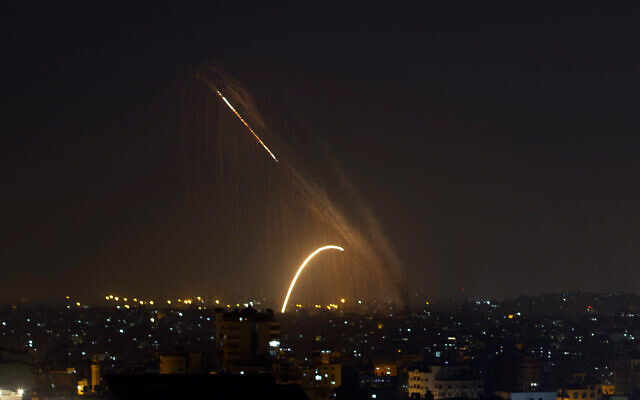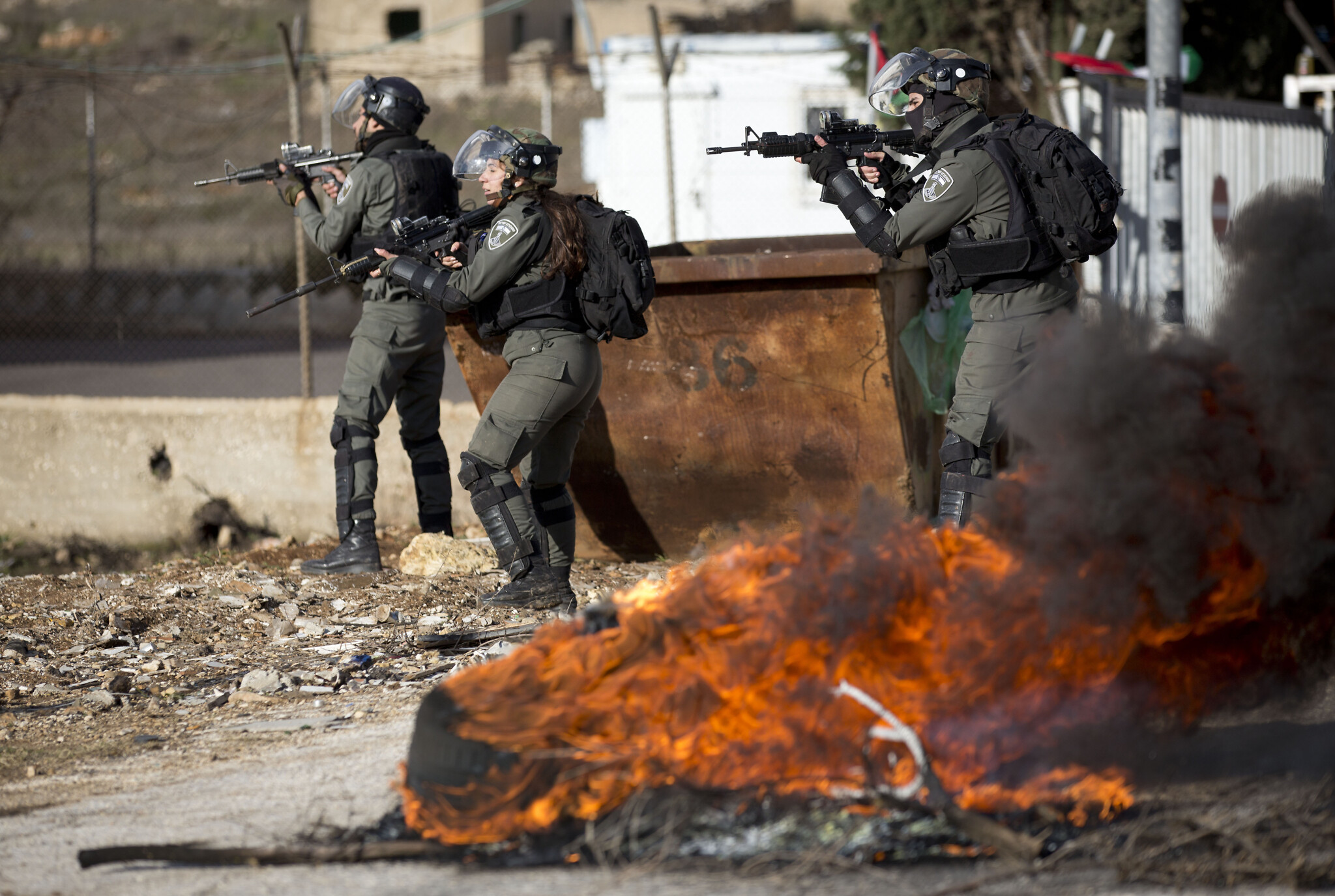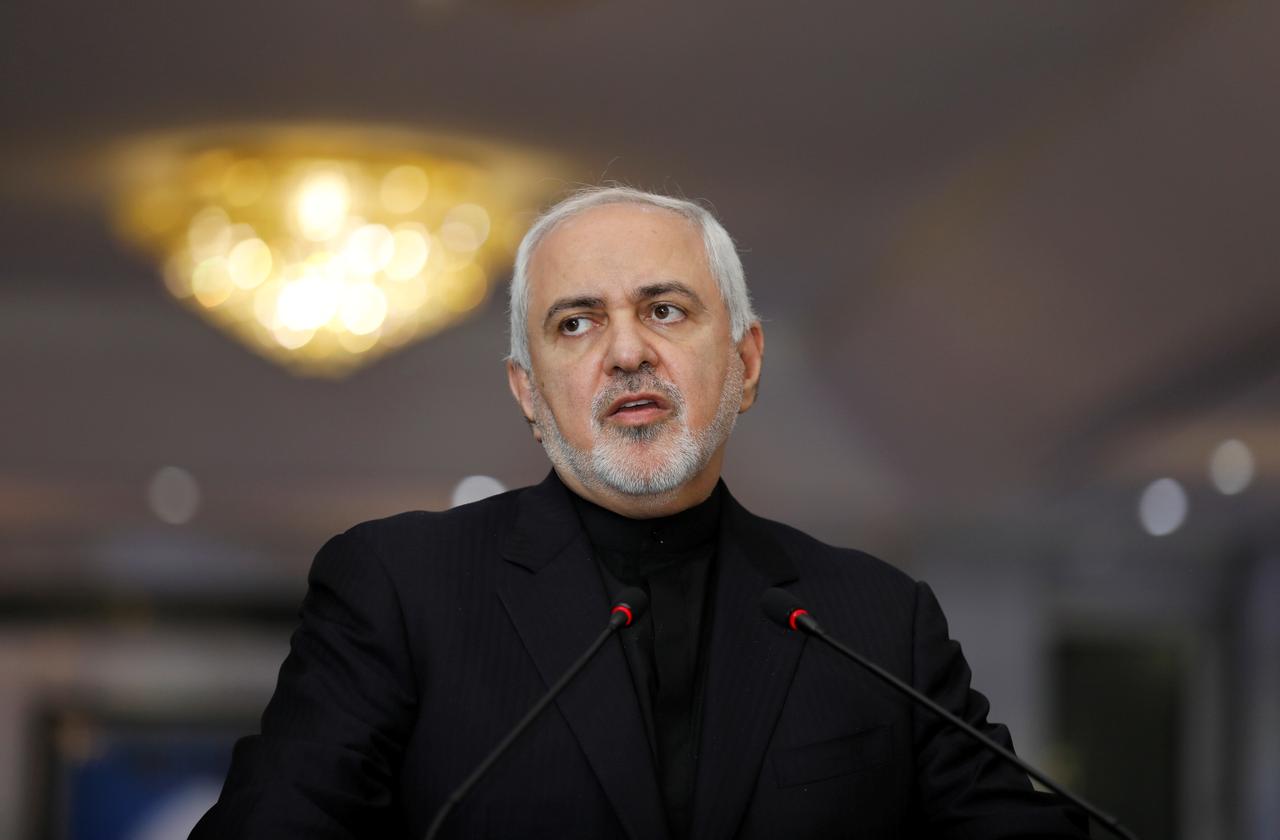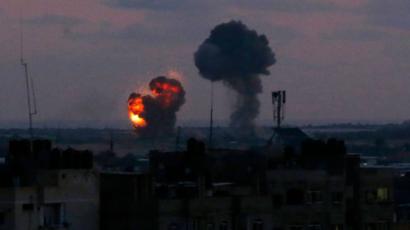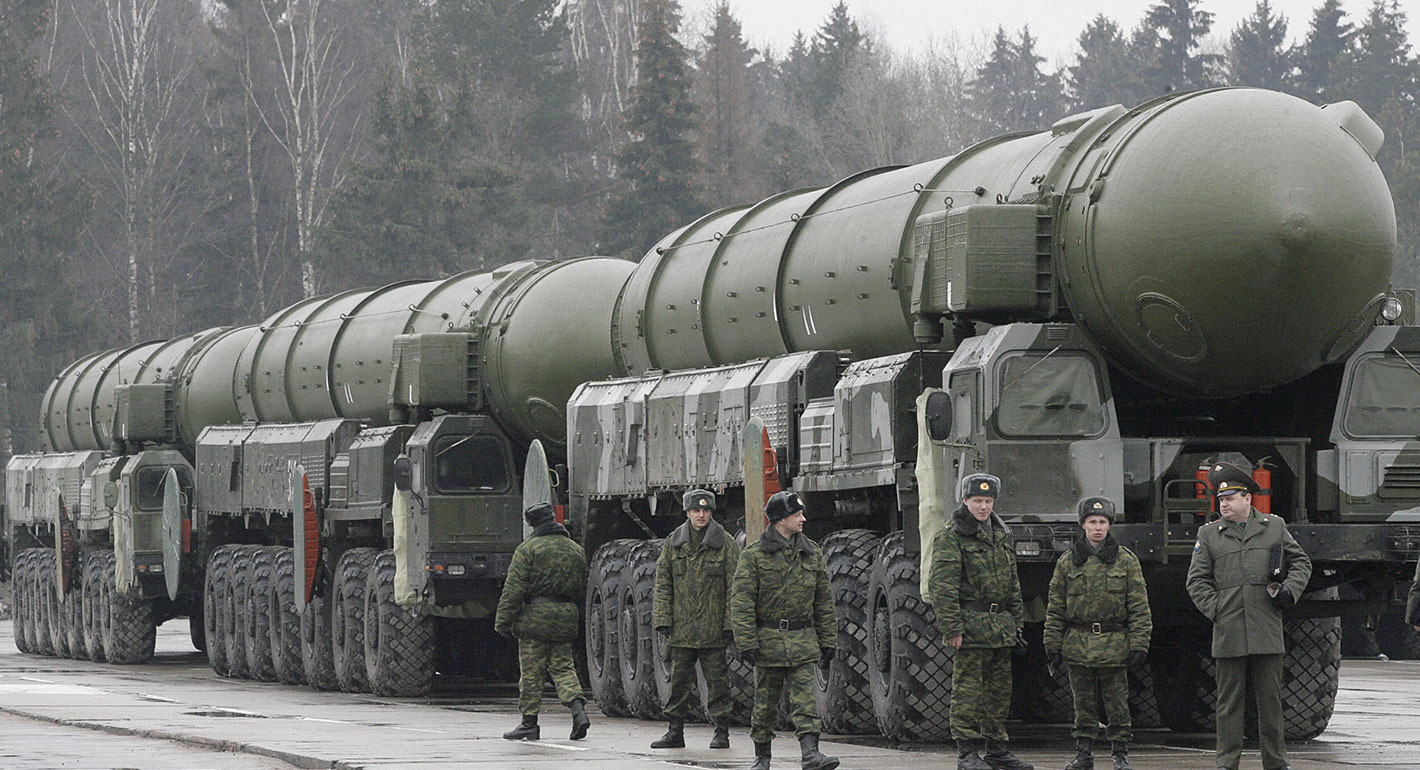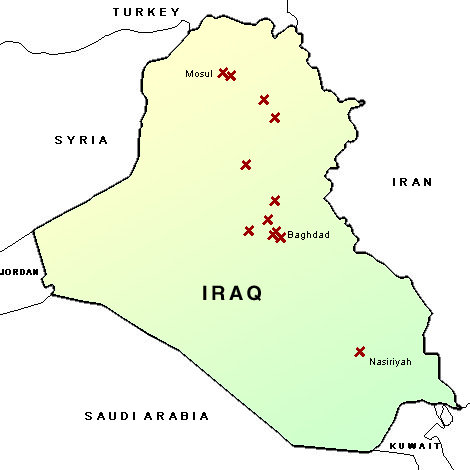New Study: America Overdue For Major Earthquake … In States You Didn’t Suspect
Written by: Daniel Jennings Current EventsJuly 31, 2014
The survey’s new National Seismic Hazard Map show that the risk of earthquakes in parts of the country — such as the Midwest, Oregon and the Rocky Mountains — is far higher than previously thought. All total, Americans in one-third of the country saw their risk for an earthquake increase.
“I worry that we will wake up one morning and see earthquake damage in our country that is as bad as that has occurred in some developing nations that have experienced large earthquakes,” Carl Hedde, a risk management expert at insurer Munich Reinsurance America, said of the map in The Wall Street Journal. “Beyond building collapse, a large amount of our infrastructure could be immediately damaged. Our roads, bridges and energy transmission systems can be severely impacted.”
Among the findings:
- The earthquake danger in parts of Missouri, Arkansas, Tennessee, Illinois and South Carolina is as high as that in Los Angeles.
- 42 of the 50 states have a reasonable chance of experiencing a damaging earthquake in the next 50 years.
- Parts of 16 states have the highest risk of a quake: Alaska, Hawaii, California, Oregon, Washington, Nevada, Utah, Idaho, Montana, Wyoming, Missouri, Arkansas, Tennessee, Illinois, Kentucky and South Carolina
“We know the hazard has increased for small and moderate size earthquakes,” USGS scientist William Ellsworth told The Journal. “We don’t know as well how much the hazard has increased for large earthquakes. Our suspicion is it has but we are working on understanding this.”
Frightening Results From New Study
The USGS used new computer modeling technology and data collected from recent quakes such as the one that struck Washington, D.C. in 2011 to produce the new maps. The maps show that many Americans who thought they were safe from earthquakes are not.
New Relocation Manual Helps Average Americans Get Out Of Harms Way Before The Coming Crisis
Some of the survey’s other disturbing findings include:
-
- The earthquake danger in Oklahoma, Alabama, Colorado, Georgia, Indiana, Michigan, Virginia, New York and parts of New England is higher than previously thought.
- Some major metropolitan areas, including Memphis, Salt Lake City, Seattle, St. Louis and Charleston, have a higher risk of earthquakes than previously thought. One of the nation’s most dangerous faults, the New Madrid fault, runs right through St. Louis and Missouri. It is the nation’s second most active fault. On Dec. 16, 1811, the New Madrid Fault was the site of the most powerful series of earthquakes in American history.
- There are at least four active earthquake faults in the United States that are at risk for major quakes. The Ramapo fault runs right under New York City; in 1884 there was a 5.2 earthquake in Brooklyn.
- A map of operating Nuclear Reactors prepared by the US Nuclear Regulatory Commission shows that there are nuclear power plants located in the regions that are most at risk for quakes. There are four nuclear reactors located near the New Madrid Fault alone. There are two nuclear reactors at Indian Point just north of New York City and the Ramapo fault.
“Obviously the building codes throughout the central U.S. do not generally take earthquake risk or the risk of a large earthquake into account,” USGS Seismologist Elizabeth Cochran told The Journal. Her take: Earthquake damage in the central US could be far greater than in places like California, because structures in some locations are not built to withstand quakes.
Others agree.
“Earthquakes are quite rare in many places but when they happen they cause very intense damage because people have not prepared,” Mark Petersen, the project chief for the USGS’s National Seismic Hazard Map, told The Journal.
This new map should be a wakeup call for Americans.

